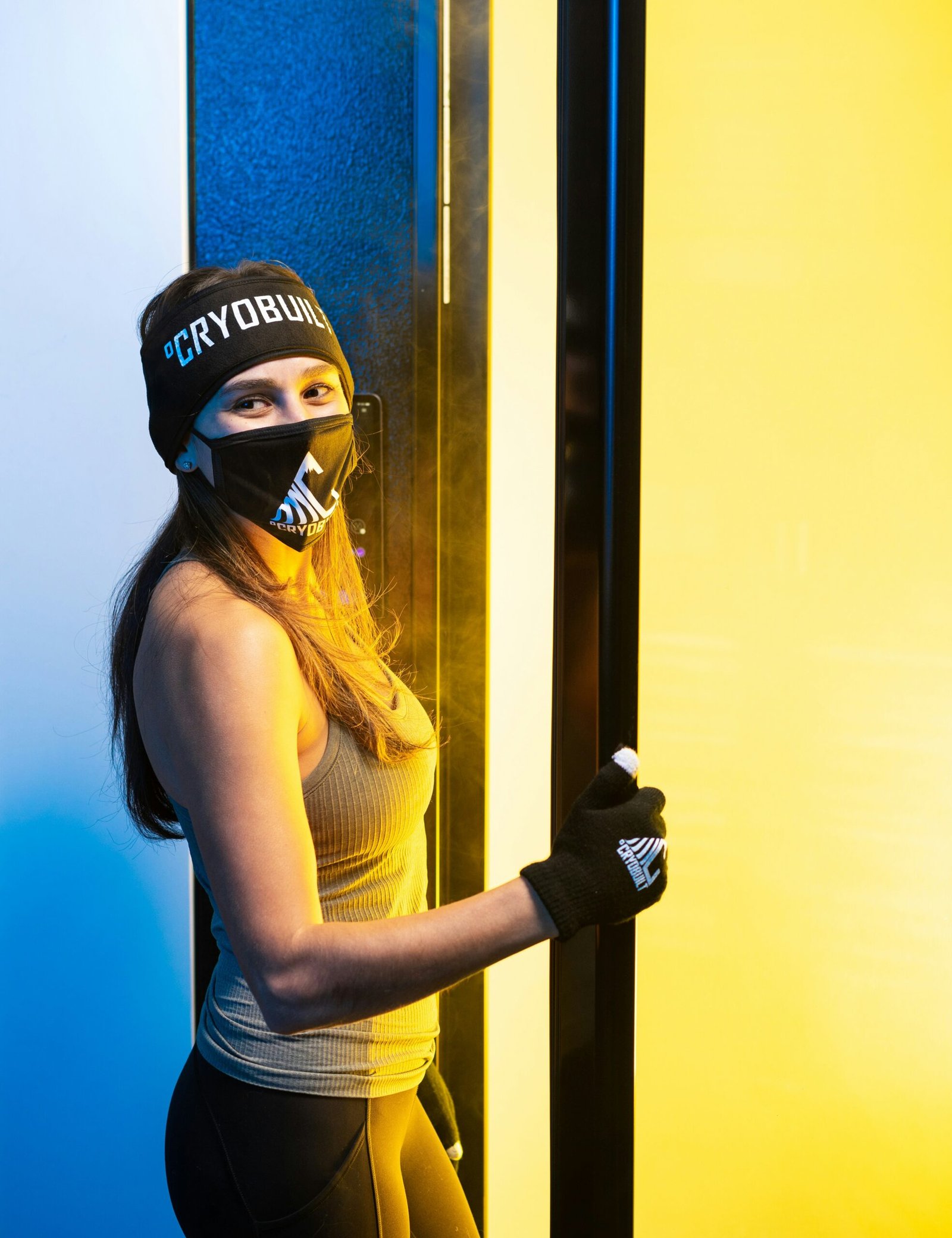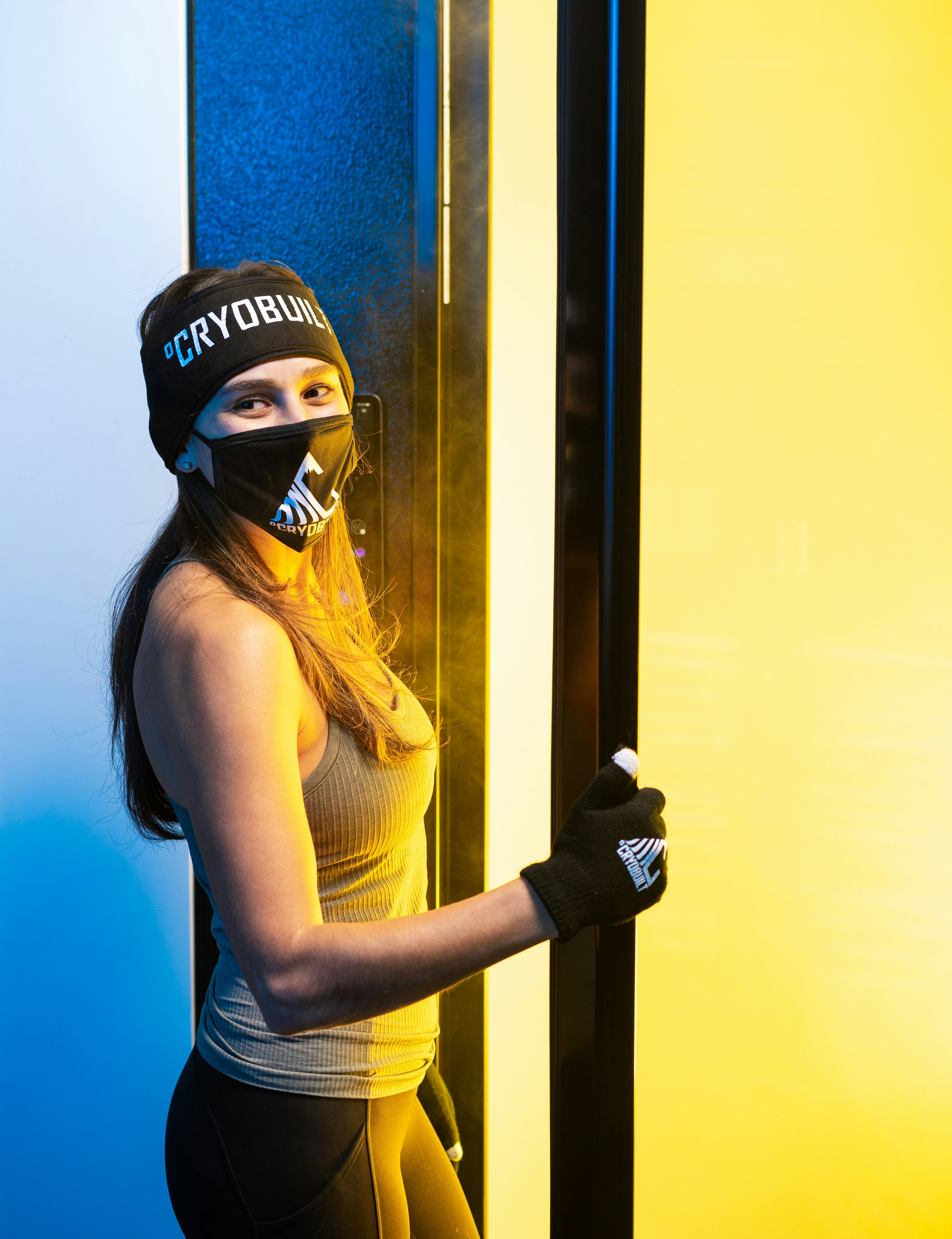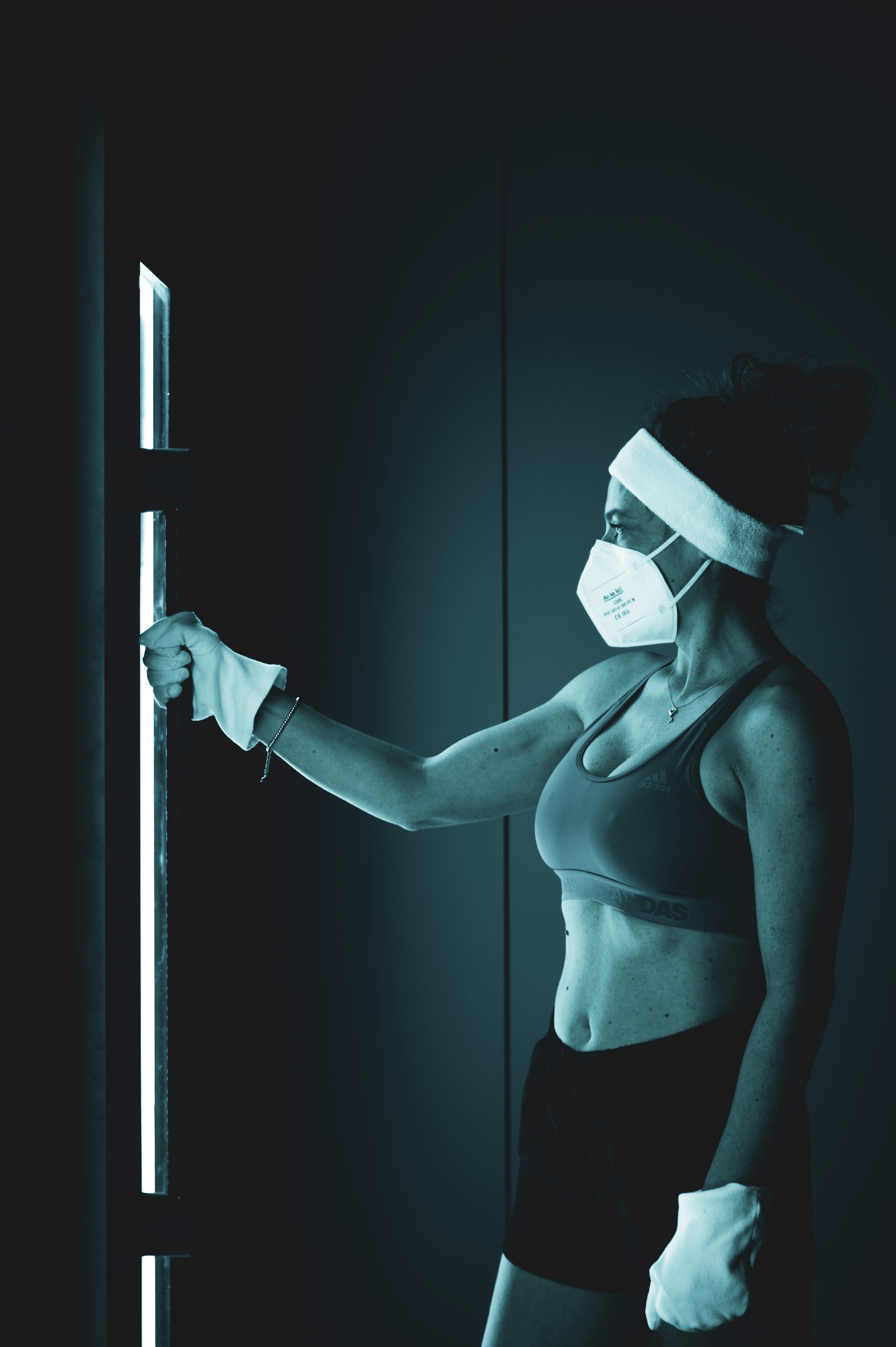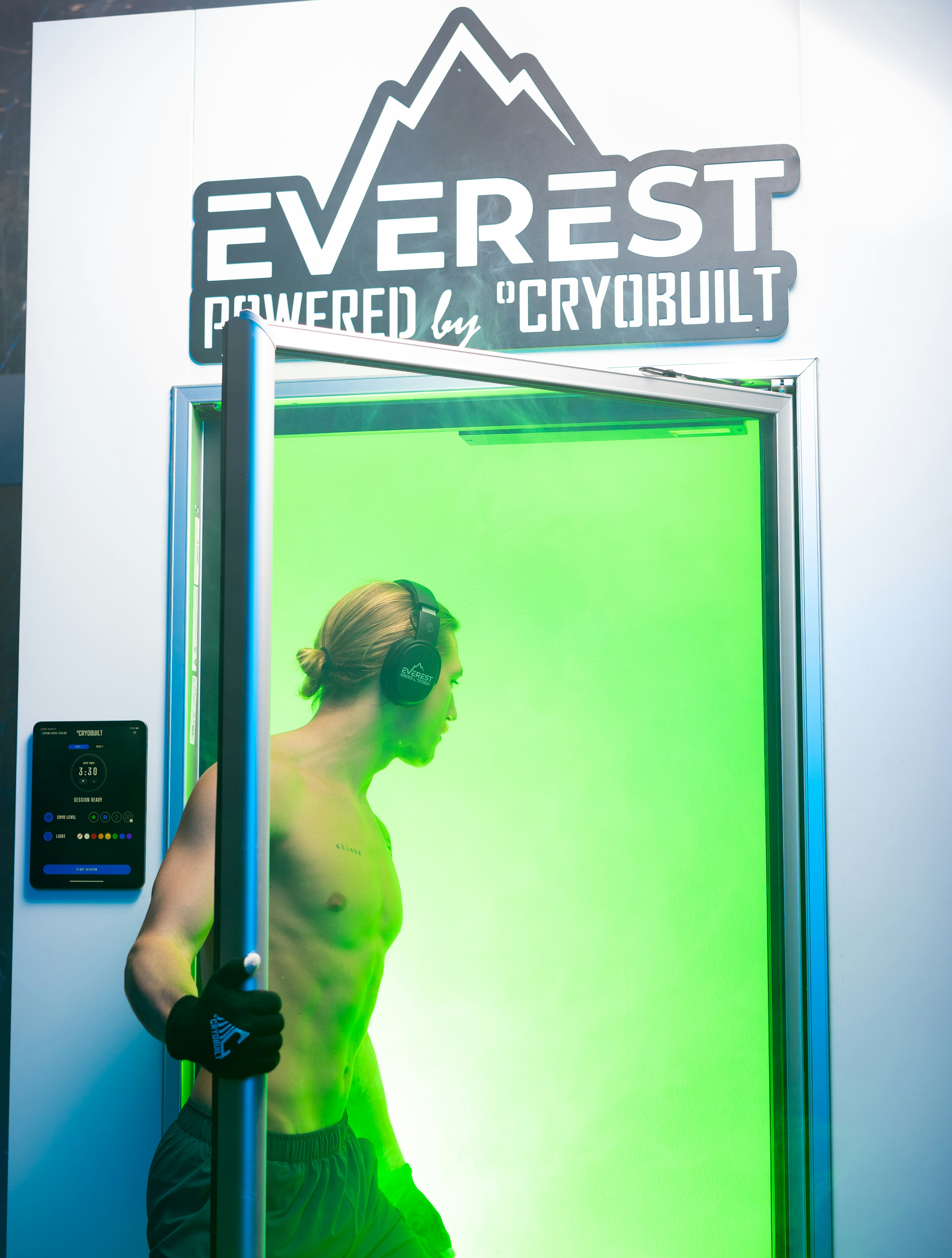Have you ever wondered how cold water therapy could play a role in enhancing your weightlifting routine? Imagine standing at the edge of a cold plunge, feeling the shiver in the air and the promise of refreshment and recovery. It might sound like an extreme step, but it holds a treasure trove of benefits, especially if you’re looking to give your weightlifting performance a fantastic boost.
Understanding Cold Plunge Therapy
Cold plunge therapy involves immersing your body in icy water. This ancient practice has been embraced across various cultures for its therapeutic benefits. You may have heard it called a cold bath, ice bath, or even something fancy like cryotherapy. No matter the name, its purpose is to reduce muscle soreness, decrease inflammation, and speed up recovery times.
The Science Behind Cold Exposure
When your body plunges into cold water, several physiological responses kick in. These responses include vasoconstriction, where your blood vessels tighten to conserve body heat. Additionally, when you rewarm, vasodilation helps flood these areas with fresh oxygen and nutrients, accelerating recovery. Your body’s interaction with cold also triggers a release of endorphins, the feel-good hormones, which can uplift your mood and aid mental recovery.
Historical Context
Cold water therapy has roots in many cultures. From Roman baths to Japanese ofuro, the benefits of cold baths have been celebrated for centuries. Even the stoic Viking warriors valued cold exposure as a way to toughen up for battle—a testament to the endurance and vigor it imparts.
Benefits of Cold Plunge Therapy for Athletes
For any avid weightlifter, the advantages of cold plunge therapy can be instrumental. Whether you’re lifting for strength, size, or stamina, integrating cold baths can enhance various aspects of your fitness journey.
Enhanced Recovery
After an intense weightlifting session, your muscles need time to recover and rebuild stronger tissues. Cold plunge therapy helps by reducing the muscular micro-trauma that intensive exercise can cause. This translates to fewer aches and quicker recovery times, allowing you to return to the gym sooner and more prepared for your next workout.
Reduced Inflammation
The cold acts as a natural anti-inflammatory. Much like how you might apply ice to a sprained ankle, submerging in cold water after lifting weights can reduce swelling. This is particularly beneficial if you’ve pushed yourself hard and want to prevent delayed onset muscle soreness (DOMS).
Mental Fortitude
Enduring cold water is as much a mental challenge as it is physical. When you regularly use cold plunge therapy, you build substantial mental resilience. This grit can translate to improved focus and determination, not just in tackling heavy weights but in other areas of your life as well.
How Cold Plunge Therapy Complements Weightlifting
Pairing cold plunge therapy with weightlifting might seem unconventional, but the synergy between the two is quite profound. By understanding how they work together, you can harness an integrated approach to improve performance.
Optimizing Performance
Strategically using cold plunge therapy can ensure that you get the most out of every lift. When your muscles recover faster and with less soreness, you can maintain intensity in your workouts. A well-recovered workout routine ensures continuous progression, maximizing your strength gains and size increases over time.
Hormonal Balance
Cold exposure can influence your hormonal profile, particularly hormones like norepinephrine and testosterone. These hormones play critical roles in fat metabolism and muscle growth. By managing stress and balancing these hormones, cold plunge therapy positions you to optimize your weightlifting outcomes.
Injury Prevention
Weightlifting, while rewarding, involves risks of strain and overuse injuries. Cold water can help mitigate these risks by not only providing physical recovery but also promoting mindfulness and body awareness. The recovery period becomes a time of reflection and connection with your body, enabling you to listen and adjust your training as needed.
Crafting Your Cold Plunge Routine
Now that you understand the benefits, you might wonder how to incorporate cold plunge therapy into your fitness regimen effectively. The secret lies in consistency and knowing when and how to take the plunge.
Starting Slow
If cold exposure is new to you, start slowly. Aim for shorter durations of a few minutes and gradually increase the time and frequency as your comfort level improves. It’s crucial not to shock your system, but rather acclimate it gradually to reap the benefits.
| Session | Duration | Frequency |
|---|---|---|
| 1 | 2-3 mins | 2-3 times/wk |
| 2 | 4-5 mins | 3-4 times/wk |
| 3 | 10 mins | 4-6 times/wk |
Timing is Everything
Consider the optimal timing for your cold plunges. Ideally, you’d want to incorporate it after your workout for maximum recovery benefits. However, remember that timing shouldn’t sacrifice your muscle-building goals, so avoid plunging immediately after lifting heavy if it’s going to interfere with the gains you desire.
Personalizing Your Routine
Different bodies respond differently to cold. Pay attention to how you feel post-plunge and adjust accordingly. The key is to adapt based on your progress and personal thresholds. If you feel invigorated, you’re on the right path; if fatigued, scale back.
The Physiological and Psychological Impacts
Unlocking Your Potential: Benefits Beyond the Gym
While cold plunge therapy directly benefits your weightlifting performance, it also offers remarkable advantages that transcend the gym floor.
Improved Sleep Quality
Cold exposure can improve circulation and regulate your parasympathetic nervous system, helping you achieve deeper, more restful sleep. As you might know, sleep is a pillar of recovery, allowing your muscles to repair and grow. Improved sleep can lead to better daily performance and recovery efficiency.
Enhanced Immune Function
Exposing your body to cold water can stimulate your immune system. By activating certain immune system markers, regular cold therapy might help you ward off illnesses more effectively. So not only will you be lifting heavier weights, but you might also find yourself healthier overall.
Stress Relief
Amid life’s stresses, cold immersion acts as a meditative practice. It can reduce the levels of cortisol, the stress hormone, allowing you to manage everyday pressures more effectively. This mental clarity and stress relief directly contribute to a positive state of mind, enhancing your motivation and dedication to weightlifting.
Challenges and Considerations
Before plunging into cold therapy, consider the potential challenges and safety precautions to ensure a beneficial experience.
Addressing Hypothermia Risk
Cold exposure provides numerous benefits, but it’s not without risks. Prolonged exposure can lead to hypothermia. Always monitor your body’s signals and exit the cold plunge if you start to feel excessively cold or numb.
Medical Advice
Consult with a healthcare professional, especially if you have underlying conditions like cardiovascular issues. They can help ensure that cold plunge therapy is a safe addition to your routine.
Adapting to Your Environment
If you’re not near natural cold bodies of water or live in a warmer climate, consider investing in equipment like a temperature-adjustable tub for home use. Facilitate the practice within the confines of your living space without compromising the desired outcomes.
Strategies to Maximize Effectiveness
To truly harness cold plunge therapy’s potential, there are additional strategies you could adopt to maximize results.
Contrast Therapy
Integrate contrast therapy by alternating between hot and cold stimuli. This method can enhance circulation even more and accelerate recovery. After your cold plunge, follow it with a warm shower or vice versa, to notice an invigorating effect.
Breathing Techniques
Embrace breathing techniques like the Wim Hof Method, focusing on controlled breathing to endure the cold better. Conscious breathing can regulate your body’s response, making the experience more manageable and helping you gain better control over your physiological reactions.
Pair with Mindfulness
Consider aligning your cold therapy with mindfulness practices. By being present and aware of your sensations during a plunge, you train your mind and strengthen your mental endurance. This mindfulness can spill over into your lifting practice, bringing greater focus and resilience.

Transforming Your Approach to Fitness
As you stand on the cusp of integrating cold plunge therapy into your weightlifting regimen, consider the transformative journey ahead. Embracing this practice means more than physical gains—it’s about carving out a path of holistic fitness, where mind and body thrive together.
Building Your Confidence
Engaging in cold water therapy can be empowering. Overcoming the initial hesitation to dip into icy depths builds self-trust and confidence. These qualities become allies as you push past plateaus in the gym, confident in your abilities and resilience.
Cultivating a Lifelong Habit
As with any health practice, consistency is key. Develop a sustainable routine that encompasses weightlifting with cold therapy, aligning both for long-term success. This synergy enriches your life, leading to a lasting commitment to wellness.
Inspiring Others
Your journey, marked by embracing cold plunge therapy, can inspire those around you. When people see your dedication to personal growth and wellness, they might feel motivated to explore this path themselves, creating a community of like-minded individuals.
In conclusion, cold plunge therapy, when integrated thoughtfully and safely, can be a valuable asset to your weightlifting regimen. It offers durable recovery, enhanced performance, and mental fortitude, promising benefits that echo throughout your life. So next time you consider your post-workout routine, imagine the invigorating embrace of a cold plunge, and take that exhilarating step toward a robust, resilient future.




